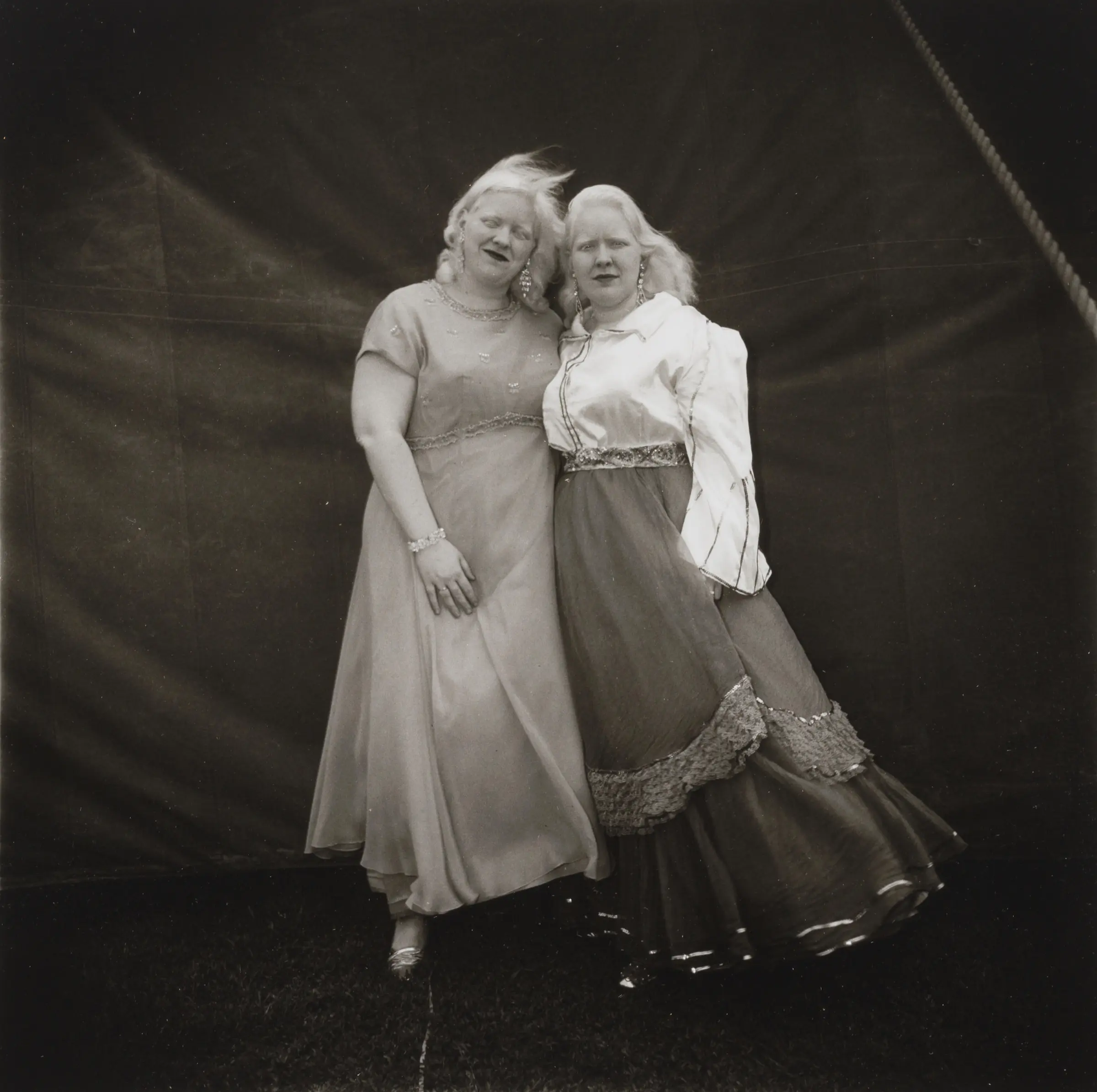Diane Arbus: The Photographer Who Found Beauty Everywhere
- dthholland

- Apr 26
- 3 min read

Diane Arbus had a way of seeing people that most others overlooked. Through her lens, the outsiders and the unusual figures of New York City stepped into the spotlight – not polished, not posed, but real.
Her work made people stop, stare, and sometimes feel uncomfortable, which is pretty much what she was aiming for. Arbus set out to show the world as it truly is, beautiful.
Growing Up in New York’s Upper Crust
Diane Arbus was born Diane Nemerov on 14 March 1923, right in the heart of New York City. She came from a wealthy family who owned Russek’s, a high-end department store on Fifth Avenue. Life growing up was comfortable but, according to Diane, a bit cold and distant. That sense of being slightly disconnected from the world around her would shape her art later on.

Creative from a young age, Arbus loved to draw and paint during her school years. But photography wasn’t yet on her radar. That changed when, at just 18 years old, she married Allan Arbus. Allan, who would later become an actor, was the one who taught Diane how to handle a camera, setting her on the path that would define her life.
Making a Name in Fashion (Before Breaking Away)
In the 1940s and 50s, Diane and Allan teamed up professionally, shooting fashion photography for big names like Vogue and Glamour. Their sleek, stylish images captured the polished look of the era, and they became well-known in the industry.
But even as their careers thrived, Diane started feeling restless. Fashion photography felt too staged, too perfect. She wanted something messier, more real. In the late 1950s, she decided to step out on her own, studying under photographer Lisette Model. Model’s raw, unfiltered style was exactly the inspiration Arbus needed to start finding her own voice behind the camera.
Exploring New York’s Hidden Corners
Once she set out solo, Arbus began wandering New York City with her camera, drawn to places most people hurried past – run-down hotels, grimy parks, carnival sideshows, and even morgues. She wasn’t interested in the polished models she once photographed. Instead, she sought out people living on society’s edges: circus performers, transgender people, nudists, dwarfs, giants, and others often pushed to the margins.
Her photographs weren’t about making people look good. They were about honesty – raw, unvarnished humanity. Her first big break into the art world came when Esquire magazine published some of her early street photography in July 1960. The images were like nothing readers had seen before – unsettling, mesmerising, and impossible to ignore.
Recognition and a Growing Reputation
By the mid-1960s, Diane Arbus’s reputation was firmly established. She had exhibitions at the Museum of Modern Art (MoMA) in New York and was awarded two prestigious Guggenheim Fellowships. Her photographs captured a side of American life that wasn’t usually visible in the glossy pages of magazines or on television screens.
Arbus was known for taking her time with her subjects, often spending days getting to know them before even taking a picture. That level of trust created portraits that felt deeply personal – even if they were sometimes uncomfortable to look at.
She also found community with other photographers who respected her fearless approach, including big names like Richard Avedon and Walker Evans.
Struggles Behind the Camera
While her career soared, Arbus faced plenty of struggles in her personal life. Her marriage to Allan ended in 1969, after years of growing apart both personally and professionally. She battled depression for much of her adult life, a fight that intensified after the divorce.
Tragically, on 26 July 1971, Diane Arbus died by suicide in her New York apartment. She was just 48 years old. Her death was a huge loss to the world of photography, but it also turned her into something of a legend – an artist who had seen things others couldn’t, or wouldn’t, and shared them without flinching.

































































































































